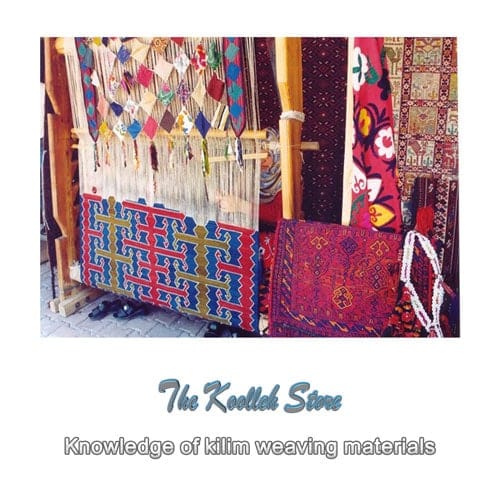Knowledge of kilim weaving materials

A professional kilim weaver is a person who knows the history of kilims, kilim weaving raw materials, common terms in kilim, types of kilim weaving machines, types of kilim maps and weaving tools, and is able to weave, skew, install swords and hoofs, weaving chains, sacks. Weaving, tying, weaving, weaving and weaving carpets on the field of kilim and separating the kilim, relief from … Dar is exactly the size of a carpet weaver and comes out with the same precision and elegance. And in addition to all this, follow the safety and health tips, both general and individual.
Fibers used in kilim weaving: wool, fluff, cotton, silk.
1) Wool: After the picking process, stratification, washing, spinning and dyeing turn into cream. Wool is mostly used for weaving in kilim weaving. Of course, wool is also used among the nomads because of its cheapness and availability.
2) Soft wool: It is a curly, soft and thin hair that is obtained from the underarms and breasts of sheep and is used in the weaving of more delicate kilims and is more valuable than wool.
3) Cotton: A type of plant leaf that is used as a stalk or string due to its suitable diameter, length and strength.
4) Silk: Animal fibers that are obtained from silkworms and have more value than other fibers and are used as warp and weft. (Silk rugs are very delicate and expensive)






